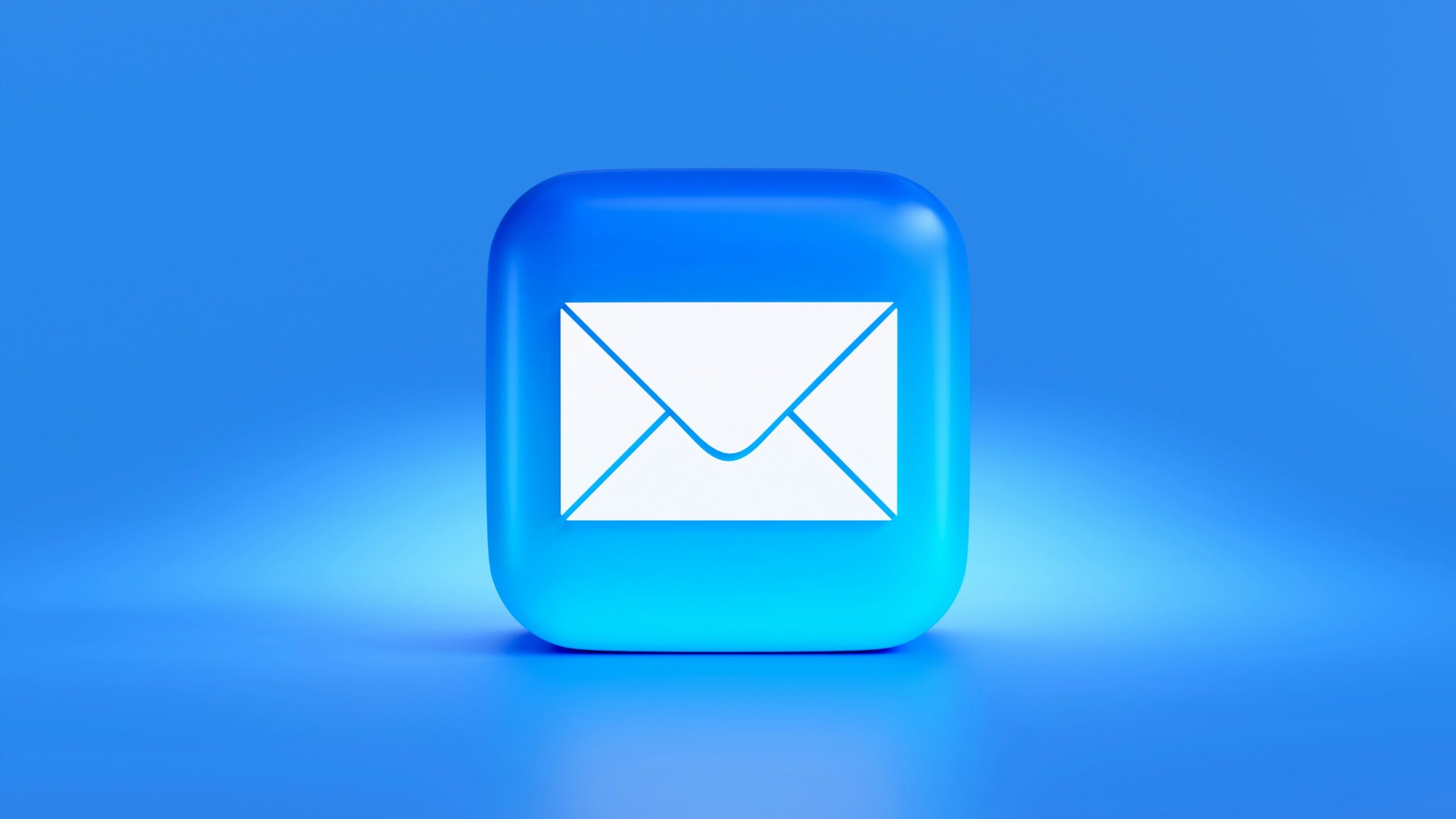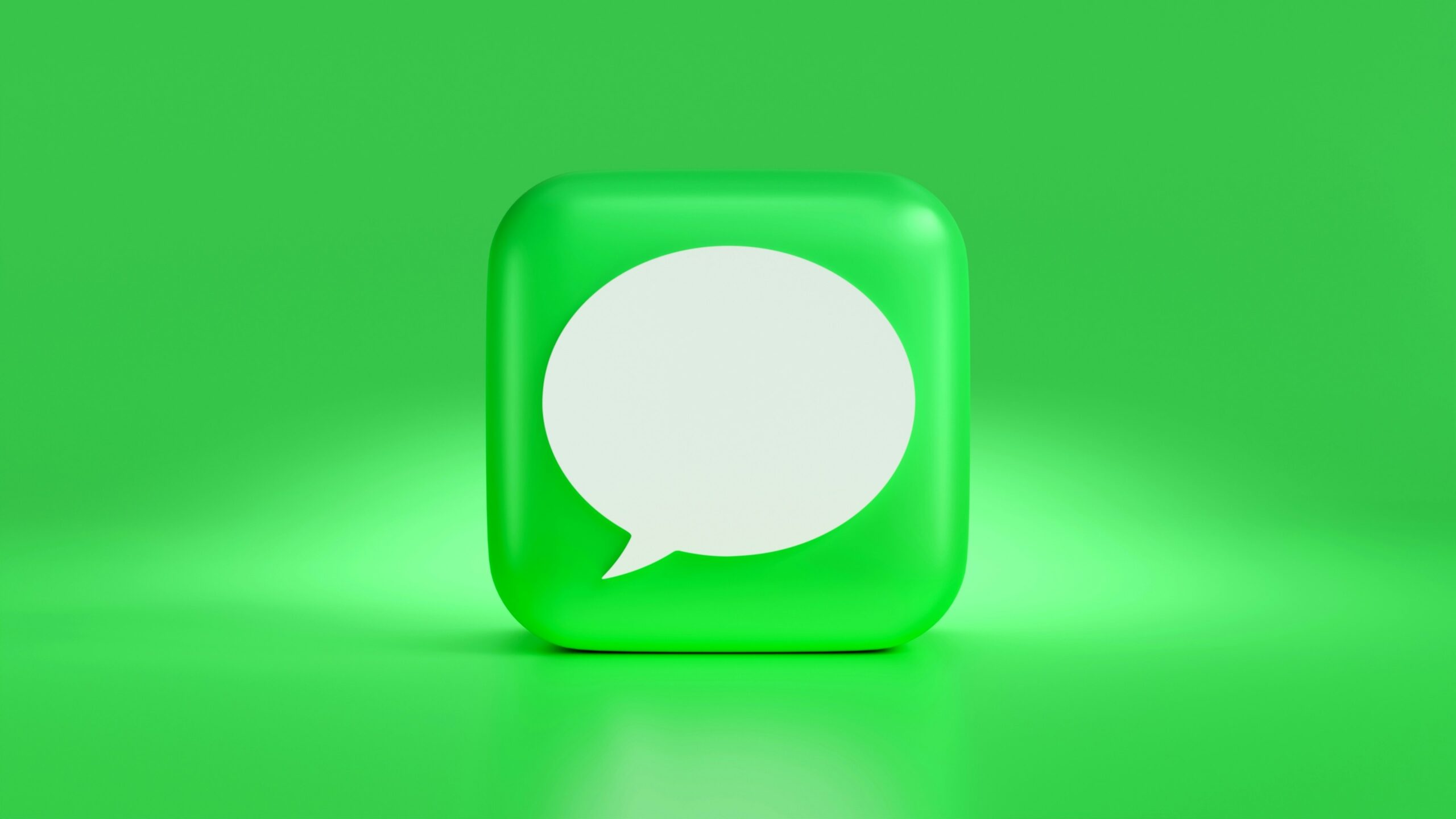Apple’s ‘Lockdown Mode’ Can Protect Against the Worst Cyberattacks

We all have to deal with cybersecurity threats. Calls, texts, and emails from scammers and bad actors can jeopardize our data and digital lives. However, a small percentage of us have cybersecurity issues that are far more serious. Journalists, politicians, and other high-profile individuals are subject to intense cyberattacks from highly skilled organizations, who spy on these people through personal devices like smartphones.
Apple introduced “Lockdown Mode” to solve this problem on the iPhone. Lockdown Mode isn’t your average user’s iPhone feature: Apple calls it “extreme,” meant for people who are under threat from serious cyber attacks. Lockdown Mode is an entirely optional feature: If you don’t want to use it, you never need to. However, should you ever find yourself in a situation where you feel your digital life is significantly threatened by bad actors, Lockdown Mode is available to you.
Lockdown Mode shuts down the following:
- Messages: iOS will block most message attachment types, as well as link previews.
- Web browsing: Just-in-time (JIT) JavaScript compilation, in addition to other complex web technologies, and blocked, except for websites placed on a whitelist by the user.
- Apple services: iOS will block FaceTime calls, as well as other incoming invitations, if the user hasn’t reached out to the caller first.
- Photos: When you share photos, your iPhone removes location information. It also removes shared albums from the Photos app, and blocks new Shared Album invitations.
- Your iPhone won’t communicate with computers over a wired connection until it is unlocked.
- You won’t be able to connect to a non-secure Wi-Fi network, and will be booted from one if currently connected to it.
- You cannot install configuration profiles on the device, nor can the phone enroll into mobile device management (MDM).
Those restrictions are pretty extreme, but effective. They highlight how useful Lockdown Mode can be to fight against cyber attacks from highly organized threat actors, but how unnecessary it is for anyone else. We all need to be vigilant online, but Lockdown Mode is overkill for normal, daily cybersecurity.
The best part, however, is Apple is committed to adding new features overtime, based on feedback. That means Lockdown Mode will only become more useful to those who need it most. Apple also has a plan to generate as much feedback as possible, offering higher bounties for its Apple Security Bounty program up to $2,000,000. According to the company, it’s the “highest maximum bounty payout in the industry.”
That being said, if you ever feel your iPhone—personal or work devices—is at risk of a more sophisticated attack than your average scammer, it might not be a bad idea to turn this feature on. You’ll find it in Settings > Privacy & Security > Lockdown Mode.
Share This



